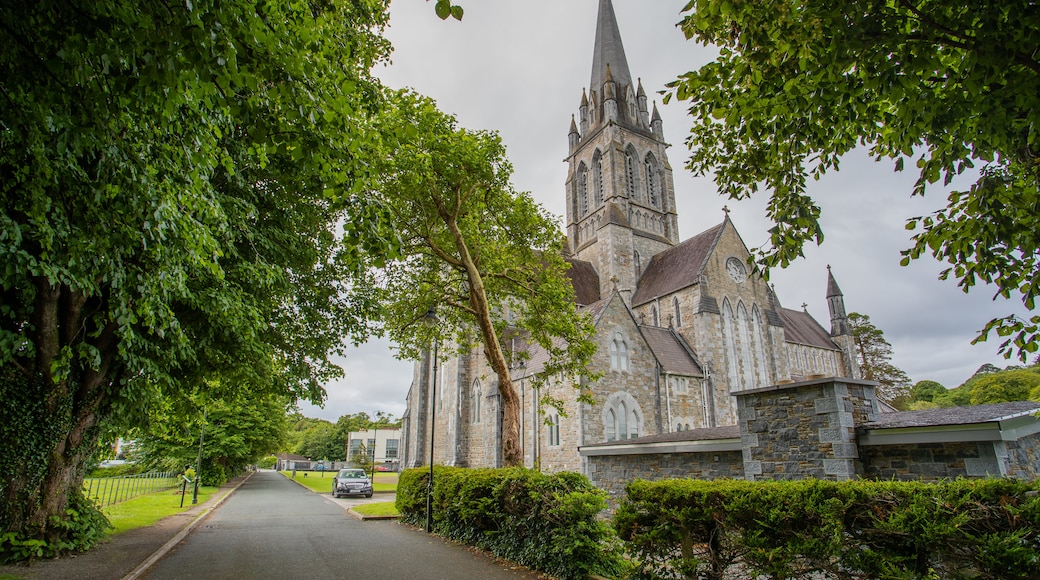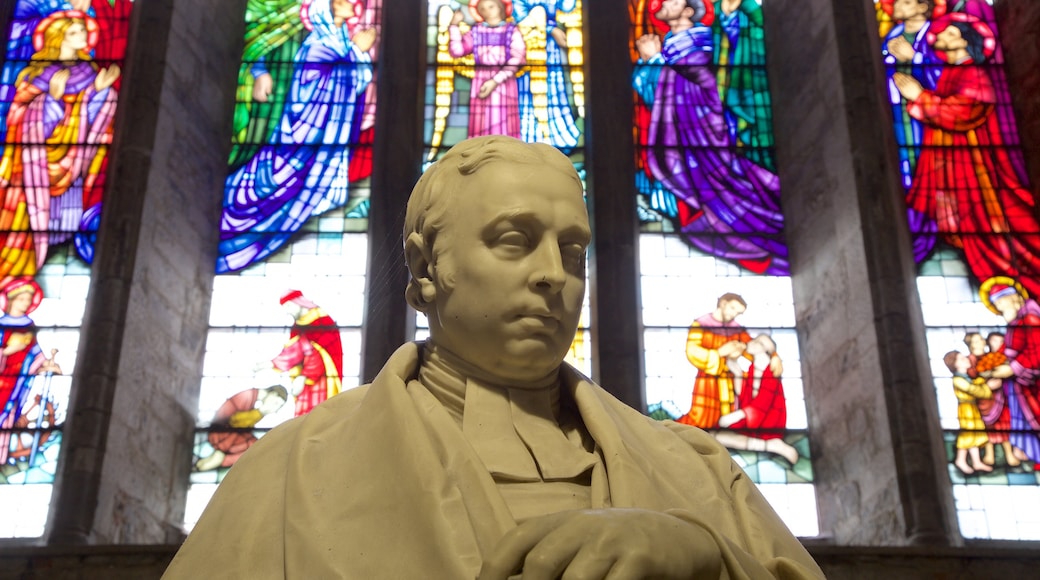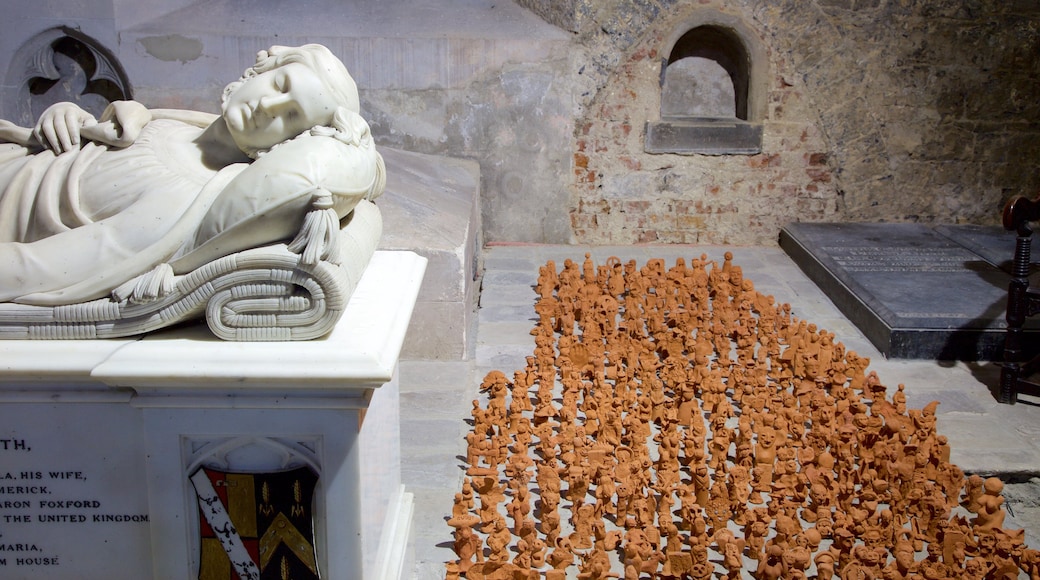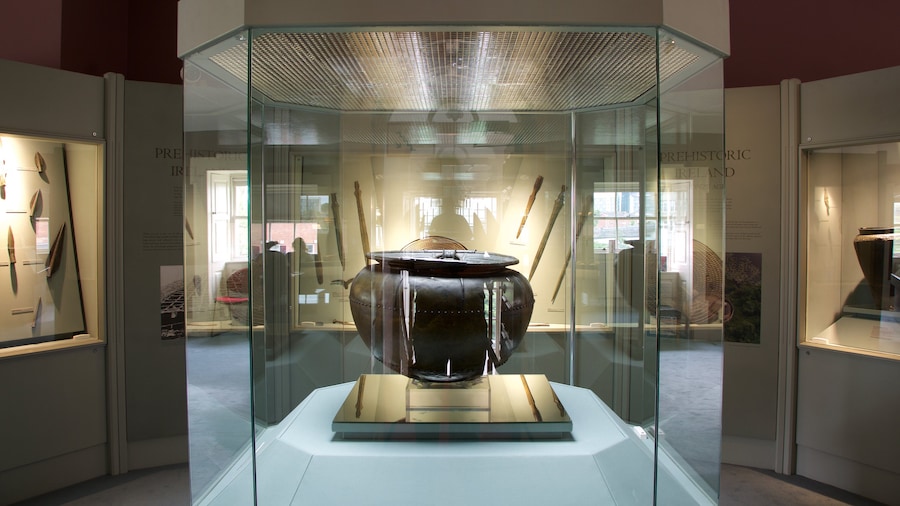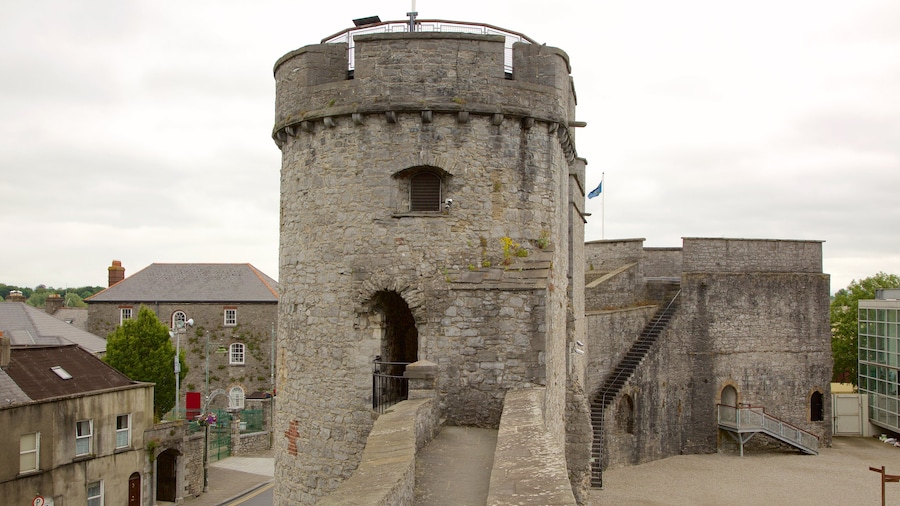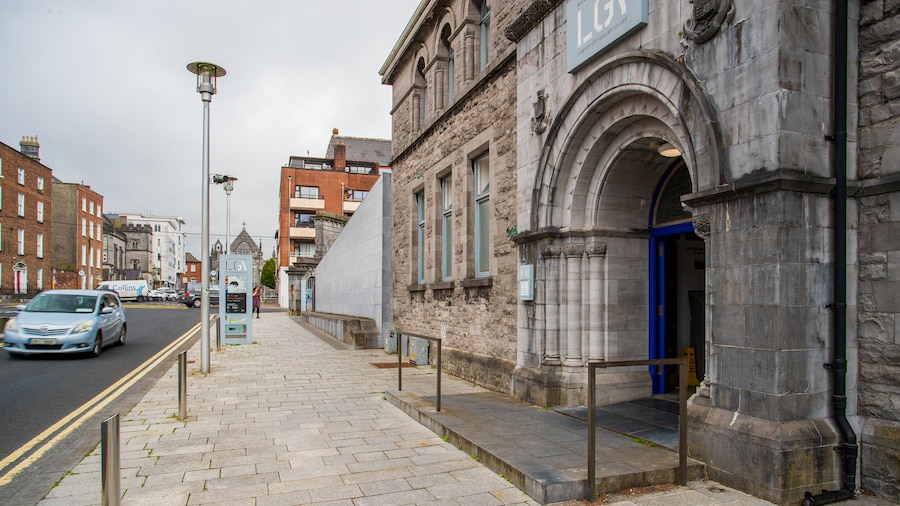Admire the magnificent medieval architecture of this cathedral and find out about its former life as a palace on the riverfront of historic Limerick.
The ornate St. Mary’s Cathedral is a medieval church on Kings Island in the heart of Limerick. Visit this grand cathedral to note its interwoven histories and traditions, which are upheld to this day. Built on the site of an ancient Viking meeting place and former Munster palace, the cathedral was founded in 1168 and remains the oldest building still in daily use in the fascinating historic city.
Overlooking the confluence between the Abbey and Shannon rivers, St. Mary’s Cathedral dominates the historic riverfront’s skyline. From the cathedral’s grounds, admire the ornate stonework that trims the imposing building. The medieval square turret was added in the 14th century and towers to a height of 120 feet (37 meters). Approaching the cathedral, look for this turret rising up from the ornately carved main entrance.
It is believed this main entrance was retained from the King of Munster’s palace. If you visit the cathedral during a ceremonial occasion, you might see the Bishops of Limerick honoring the centuries-old tradition of knocking at the grand West Door and entering through it. Look closely at the stonework around the immense door for small notches in the stone. These marks are said to have been created by the defenders of the city as they sharpened their swords and arrows before sieges.
Enter the magnificent building and check out its spacious interior. Look for five chandeliers hanging from the ceiling and delicate stonework decorating the walls. Inspect the stunning altar and 17th-century organ, as well as a belfry that contains eight bells.
St. Mary’s Cathedral is open to the public daily during regular business hours. Attend a service held daily and on Sunday evenings. Visit the cathedral outside of service times, unless you wish to participate in Mass. The cathedral is located in the historic heart of the city, about a 15-minute walk from the main transportation hub at Colbert Station. After your visit to the church, cross the River Abbey to reach the stunning antiques and art collection in the Hunt Museum.

